Highlights:
- Rana Daggubati shifts from blockbuster Baahubali stardom to backing acclaimed indie films.
- His Spirit Media to release Sabar Bonda, winner of Sundance 2025 Grand Jury Prize.
- Earlier release All We Imagine As Light ran in cinemas for seven weeks.
- Daggubati reveals why India needs consistent infrastructure for alternative cinema.
Rana Daggubati, best known globally for his role in the Baahubali franchise, is now building a reputation in a very different space: indie film distribution. The actor has taken a bold leap from spectacle-driven cinema to backing critically acclaimed titles like Payal Kapadia’s All We Imagine As Light and the Sundance 2025 winner Sabar Bonda. With his Spirit Media banner, Daggubati says he wants to create a consistent pipeline for alternative cinema in India, where such films rarely get the screen space they deserve.
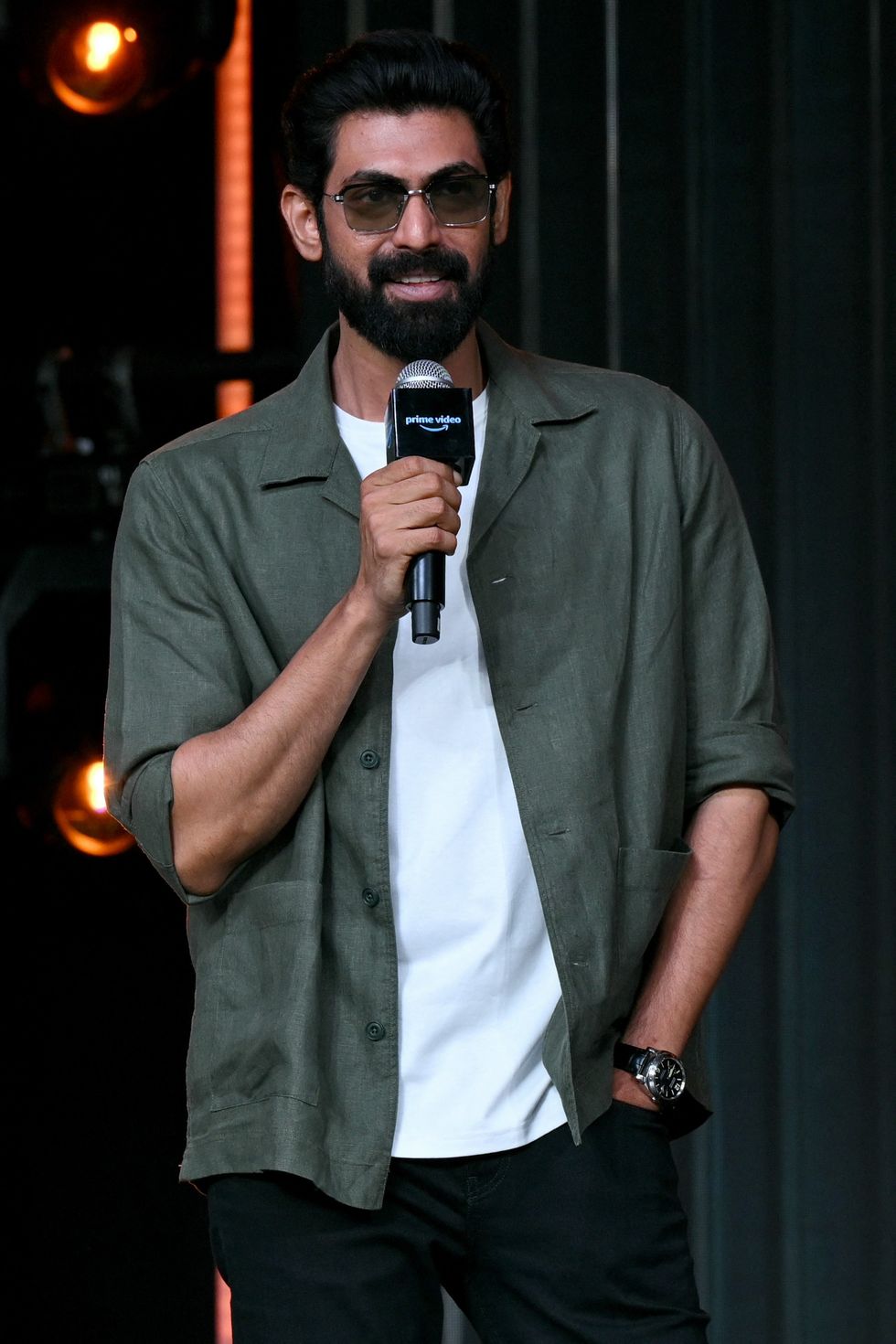
Why is Rana Daggubati focusing on indie film distribution?
According to Daggubati, India lacks a sustainable model for alternative cinema. While commercial blockbusters thrive because their success can be replicated across markets, indie titles often disappear after a festival run. “We have places and distribution for mainstream, so how then do we institutionalise alternative cinema?” he said in a recent interview.
He pointed out that Telugu cinema’s pan-India breakthrough, starting with Baahubali and followed by KGF, Pushpa and Kantara was possible because of data-driven success. Indie cinema, he believes, needs the same consistency to grow into a bigger movement rather than remain limited to one-off wins.
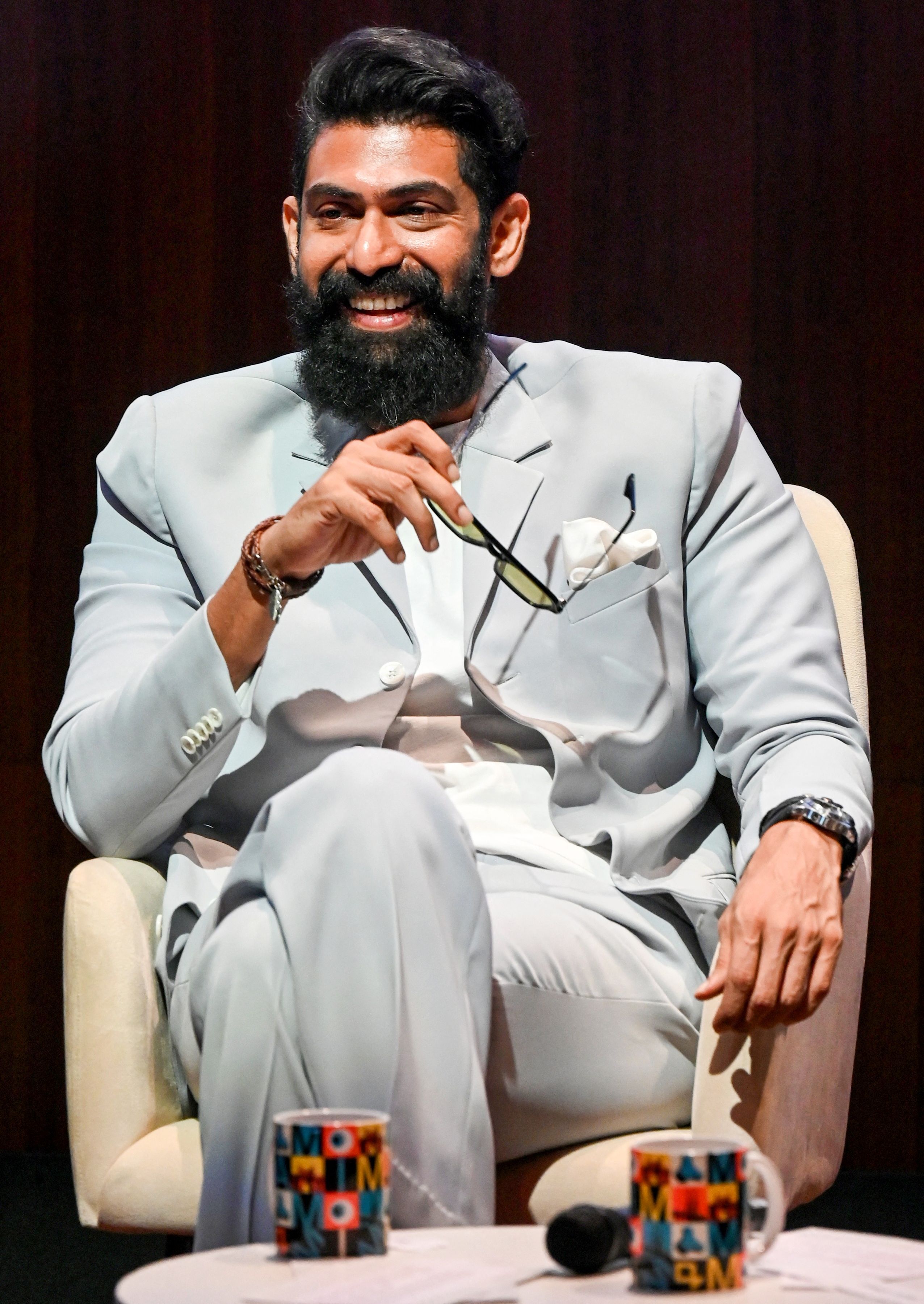
What did he learn from All We Imagine As Light ?
Daggubati revealed that distributing Kapadia’s Cannes Grand Prix winner was a trial-and-error process. Spirit Media released the film on around 120 screens but discovered that location mattered more than numbers. In cities like Mumbai, some neighbourhoods performed well while others lagged, giving him critical insights about targeting the right audiences.
The film went on to run in Indian cinemas for seven weeks, much longer than most mainstream films. “Word of mouth became the biggest publicity tool,” he explained, adding that requests for screenings poured in from cities like Pune and Bhubaneswar. This slow-burn success in fact showed him that a patient release strategy could build a loyal indie audience.
Why is Sabar Bonda an important release?
Rohan Parashuram Kanawade’s Sabar Bonda is a landmark in Marathi cinema, the first film in the language to premiere at Sundance. It went on to win the World Cinema Grand Jury Prize Dramatic and will now be released in India on 19 September by Spirit Media.
The project has heavyweight backing, with Nagraj Manjule, Nikkhil Advani, Vikramaditya Motwane, and actor Sai Tamhankar attached as executive producers. Daggubati says the choice to back Sabar Bonda came down to the director’s deeply personal storytelling. “It is a film only he could make because it comes from a space of honesty. That truth was our top priority,” he said.
What challenges does indie cinema face in India?
Daggubati spoke about the shortage of cinema screens in India compared to the United States and China, arguing that many auditoriums run at only 20–25% occupancy. He also criticised the inconsistent festival ecosystem, noting how events like MAMI once provided crucial platforms but then disappeared due to funding cuts.
He warned against over-reliance on grants, pointing out that when funding is pulled, entire ecosystems collapse. Instead, he believes audience-driven support, consistent distribution models, and data-led releases are the way forward. “Our strength and weakness lies in the fact that we don’t share our common ideas as one industry,” he said.
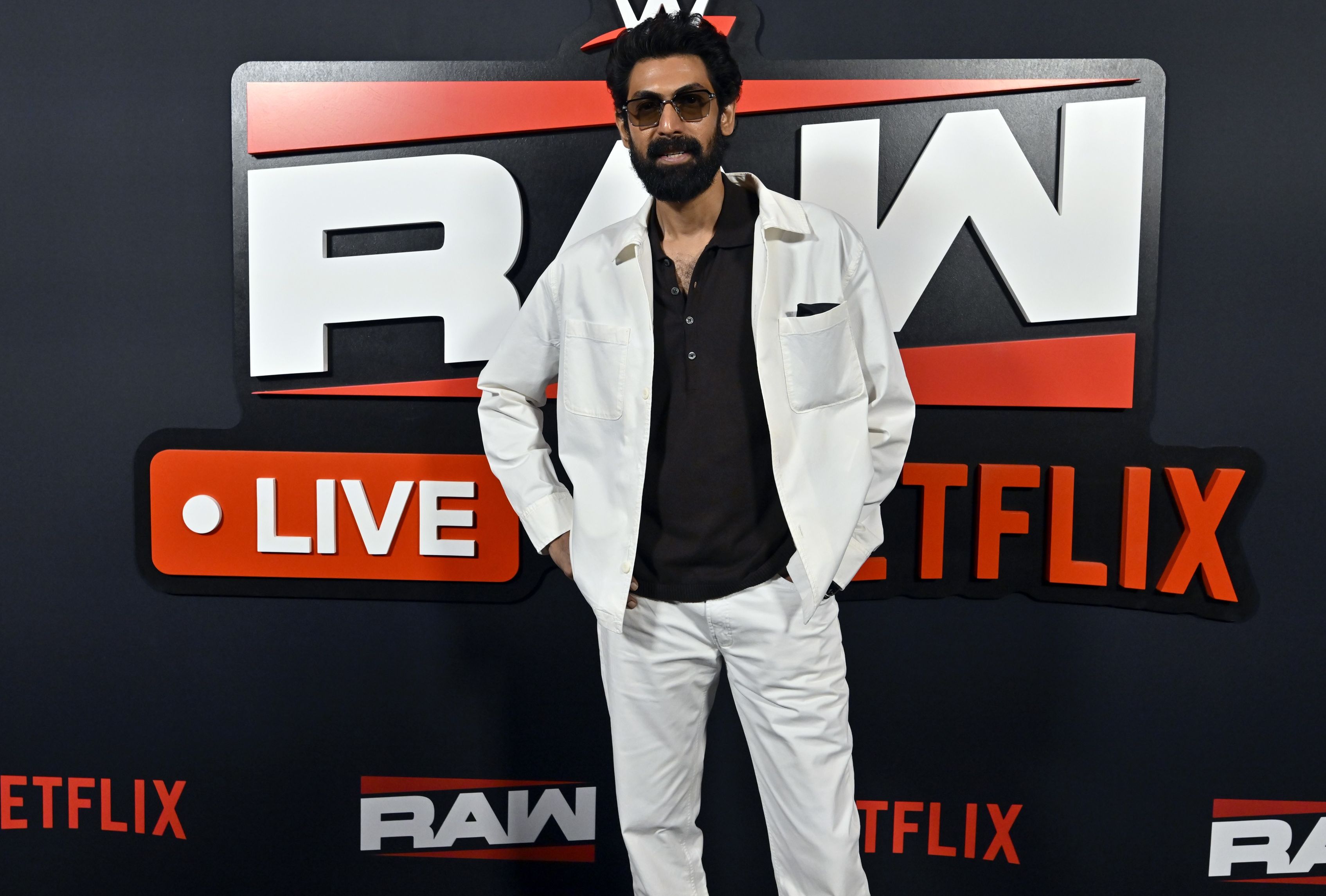
What’s next for Rana Daggubati in indie film distribution?
With just a small team of eight at Spirit Media, Daggubati says he plans to build a “jury-type” system to evaluate films from across India. His aim is to create a slate of indie titles that can reach audiences nationwide, while also influencing streaming platforms to respond once theatrical success is established.
By backing films like Sabar Bonda and All We Imagine As Light, Rana Daggubati is clearly carving out a space where indie cinema can thrive alongside mainstream blockbusters. Just as Baahubali transformed the perception of Telugu cinema, he now hopes to spark a similar movement for Indian indie films.
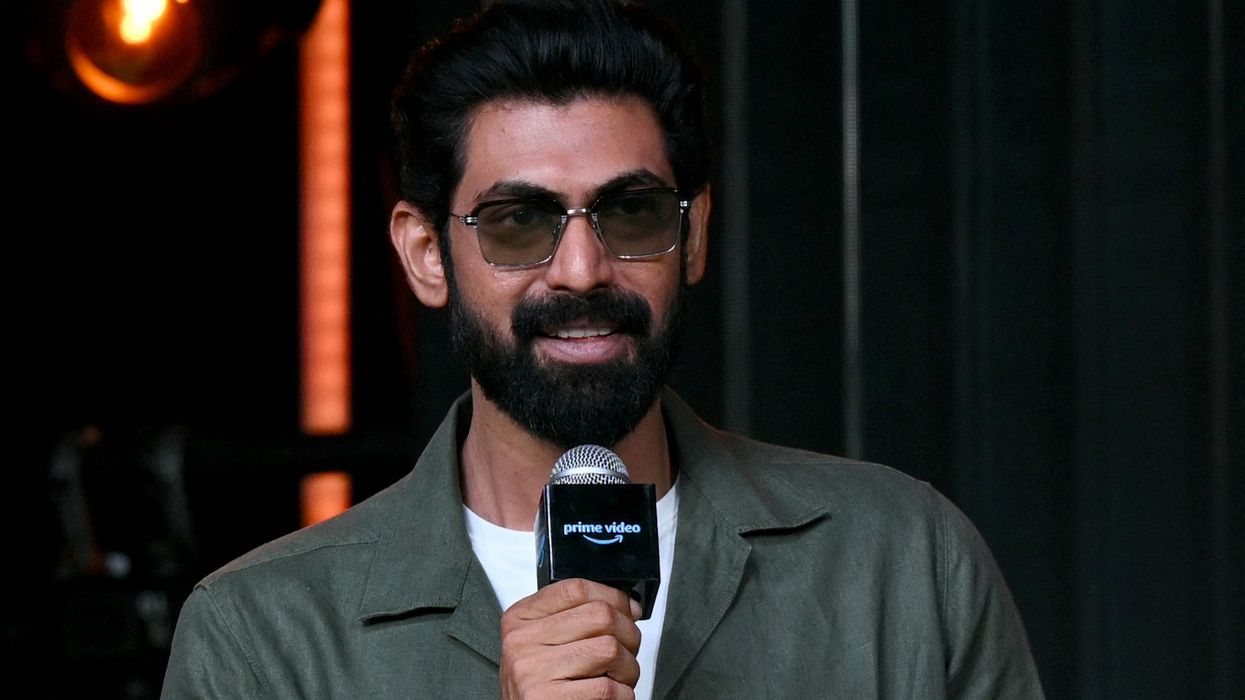

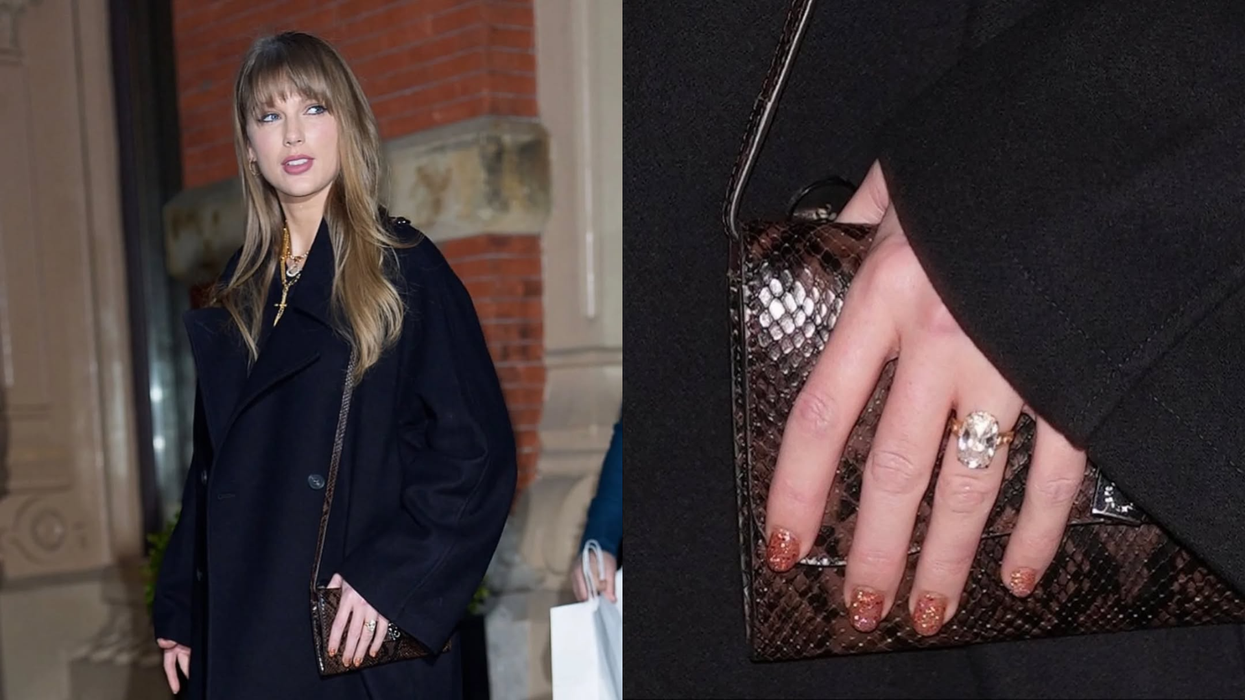
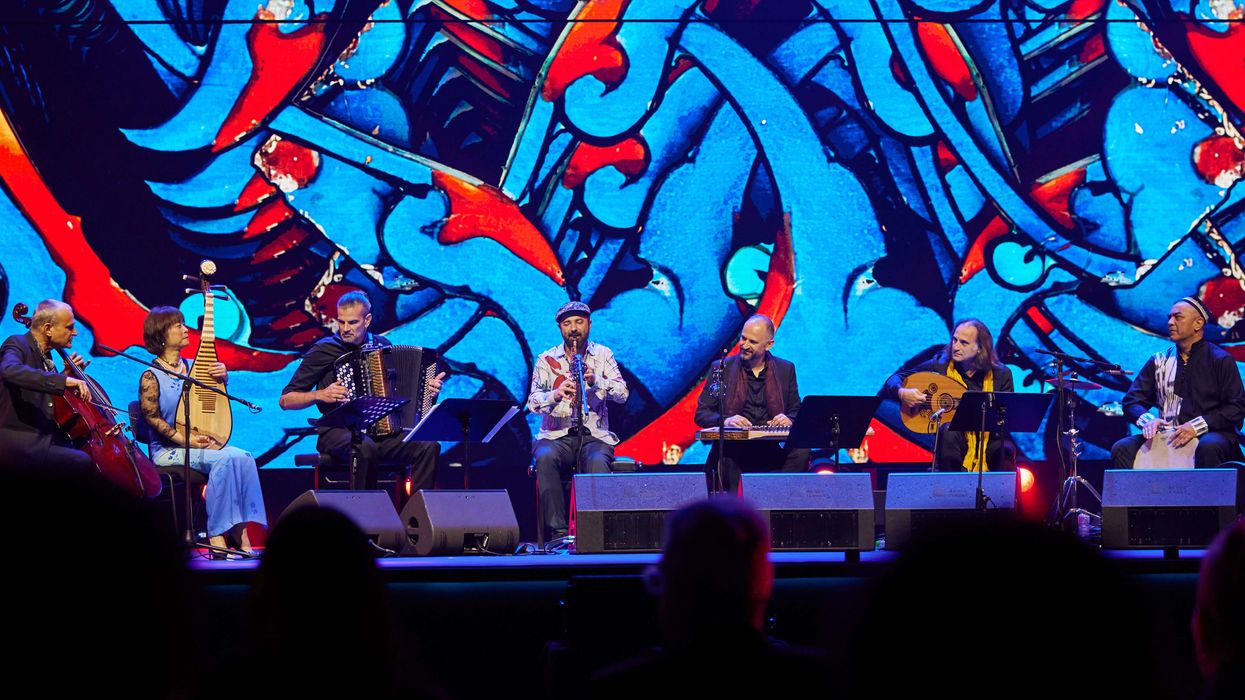



 Inside the Kerala actress assault case and the reckoning it triggered in Malayalam cinema AI Generated
Inside the Kerala actress assault case and the reckoning it triggered in Malayalam cinema AI Generated 
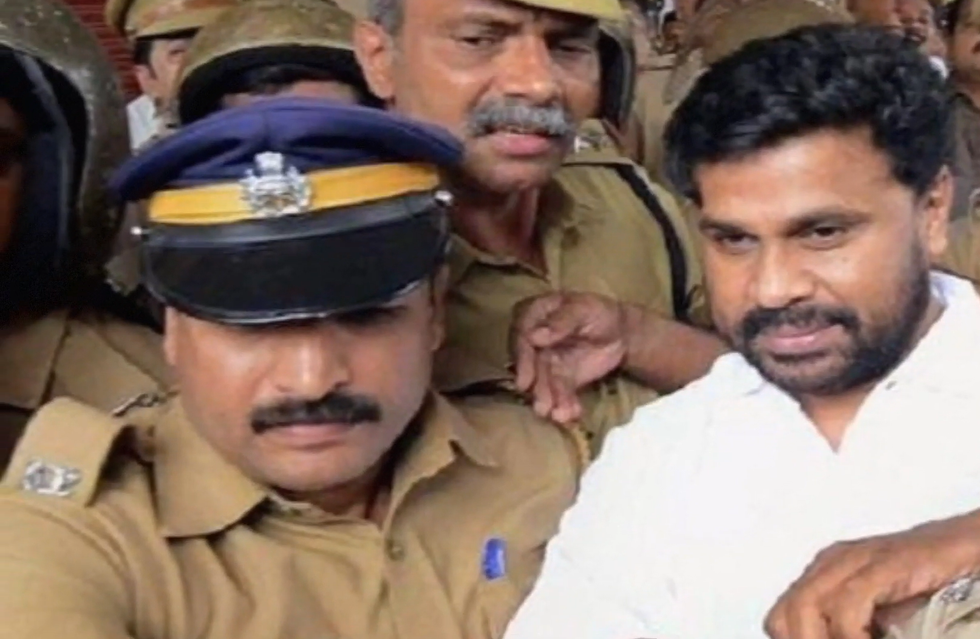 Actor-producer Dileep was arrested on 10 JulyYoutube Screengrab/Kerala Kaumudi
Actor-producer Dileep was arrested on 10 JulyYoutube Screengrab/Kerala Kaumudi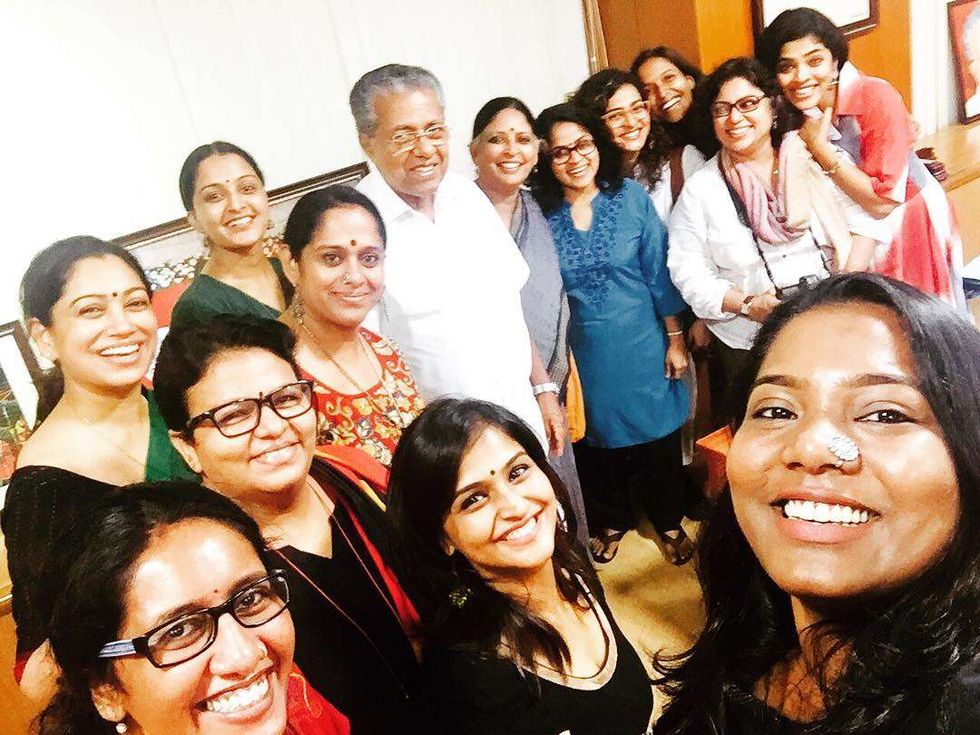 Members of the Women in Cinema Collective (WCC) meeting with the Chief Minister of KeralaInstagram/
Members of the Women in Cinema Collective (WCC) meeting with the Chief Minister of KeralaInstagram/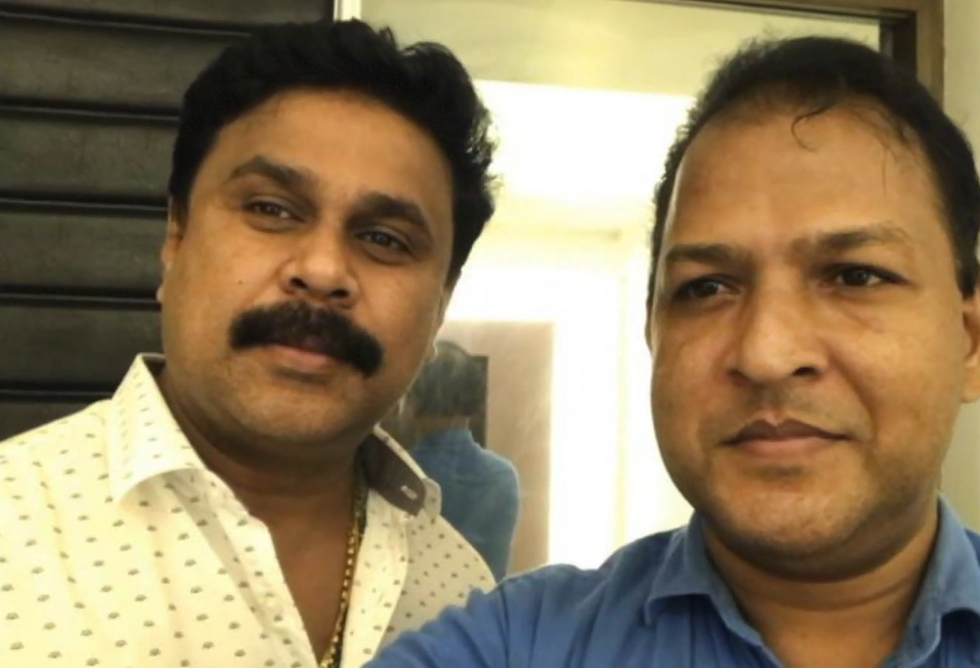 Actor Dileep and whistleblower Balachandra Kumar, whose testimony and disclosures played a crucial role in advancing the investigation Youtube Screengrab/Kerala Kaumudi
Actor Dileep and whistleblower Balachandra Kumar, whose testimony and disclosures played a crucial role in advancing the investigation Youtube Screengrab/Kerala Kaumudi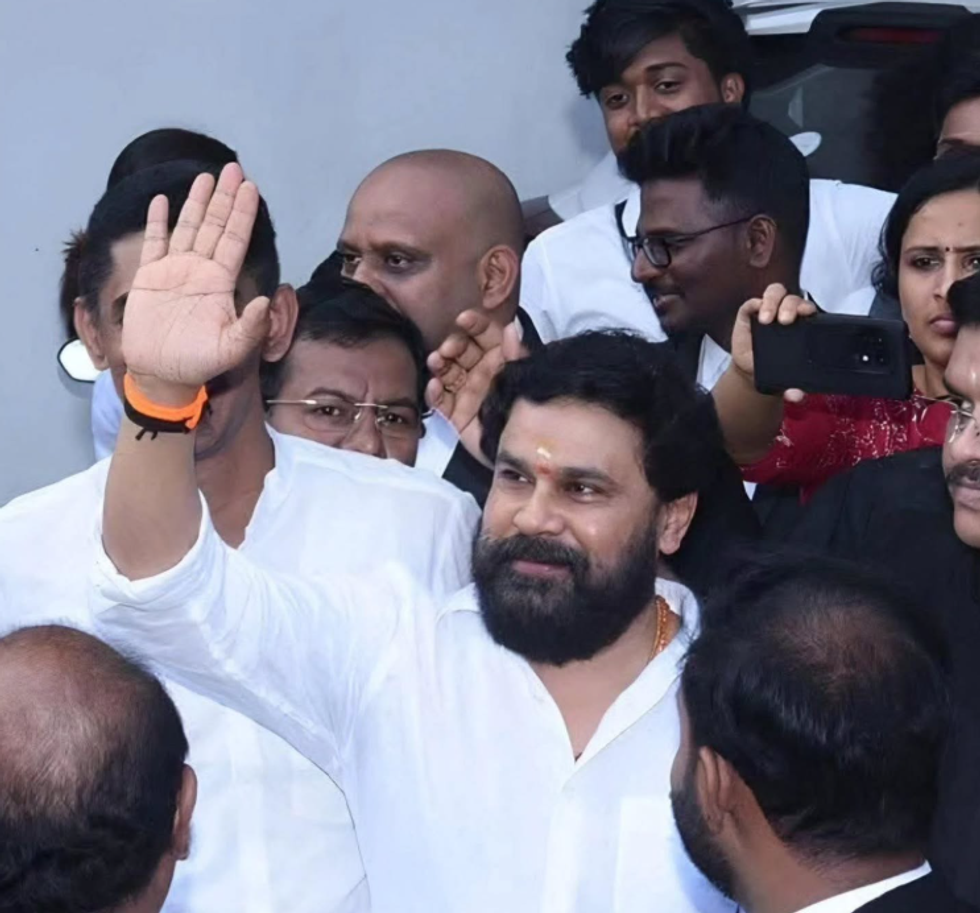 Dileep coming out of the court after the verdict Instagram/
Dileep coming out of the court after the verdict Instagram/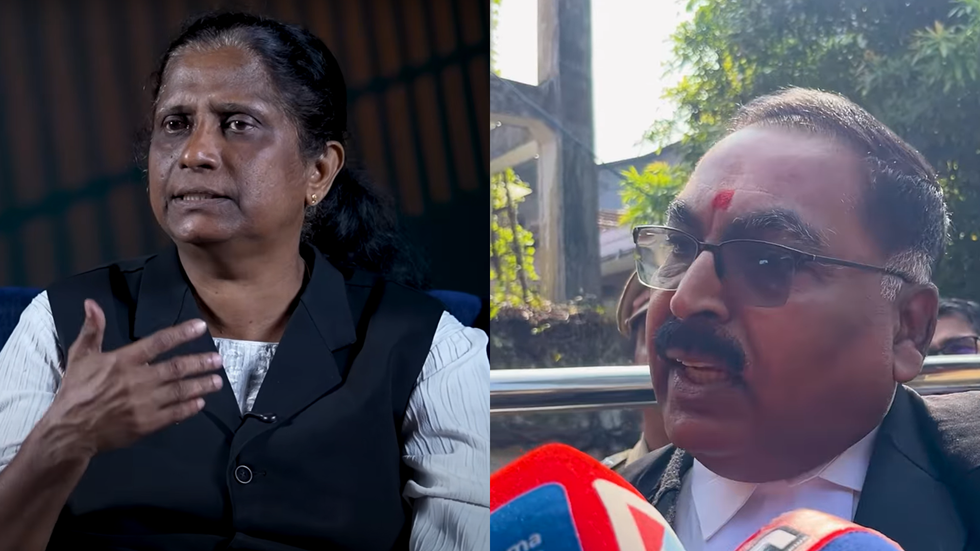 Advocates T. B. Mini and Aja Kumar, representing the survivor in the Kerala actress assault caseYoutube Screengrabs/ Oneindia Malayalam
Advocates T. B. Mini and Aja Kumar, representing the survivor in the Kerala actress assault caseYoutube Screengrabs/ Oneindia Malayalam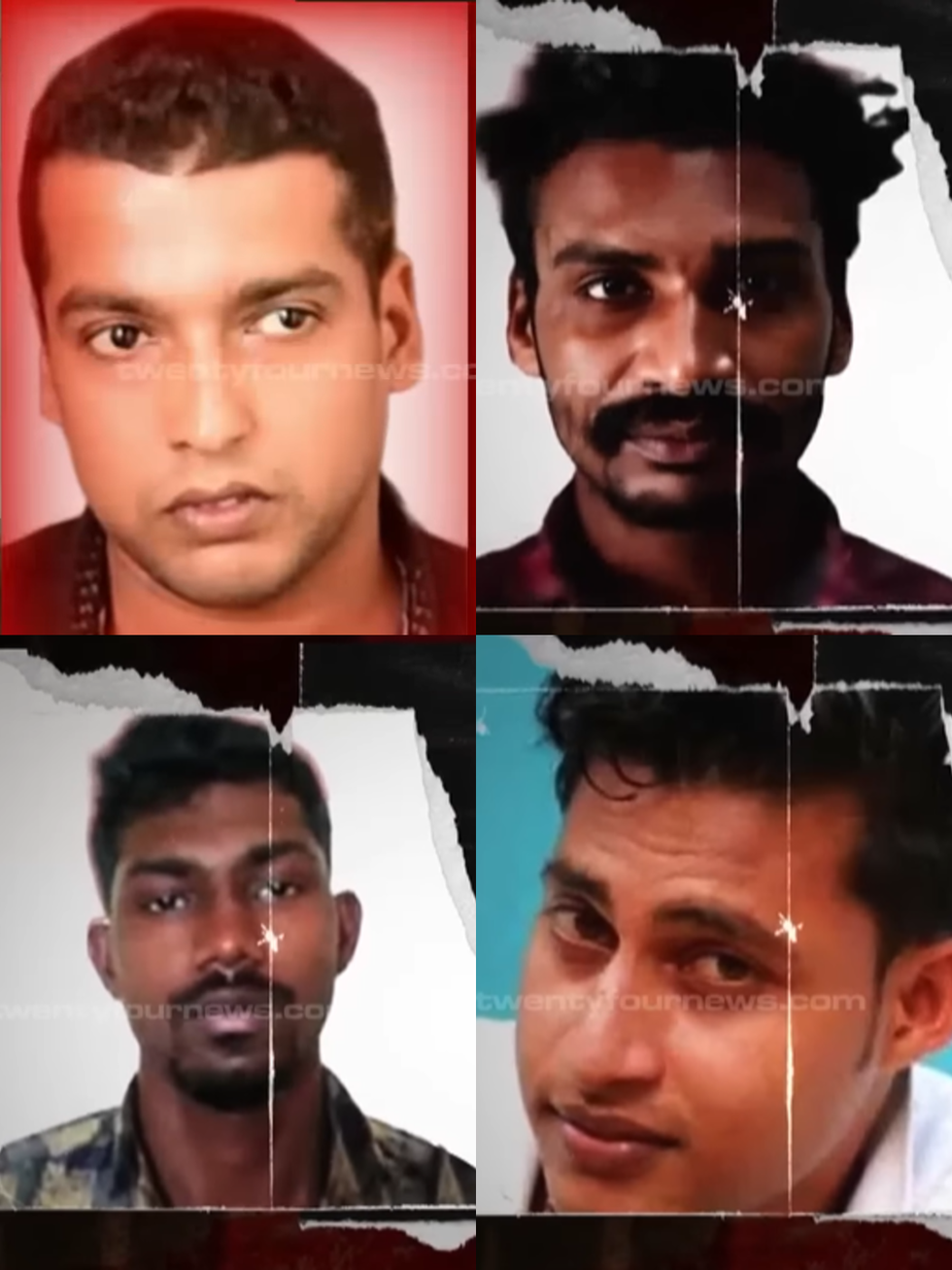 Four of the six convicted accused in the Kerala actress assault case Youtube Screengrabs/ 24 News
Four of the six convicted accused in the Kerala actress assault case Youtube Screengrabs/ 24 News 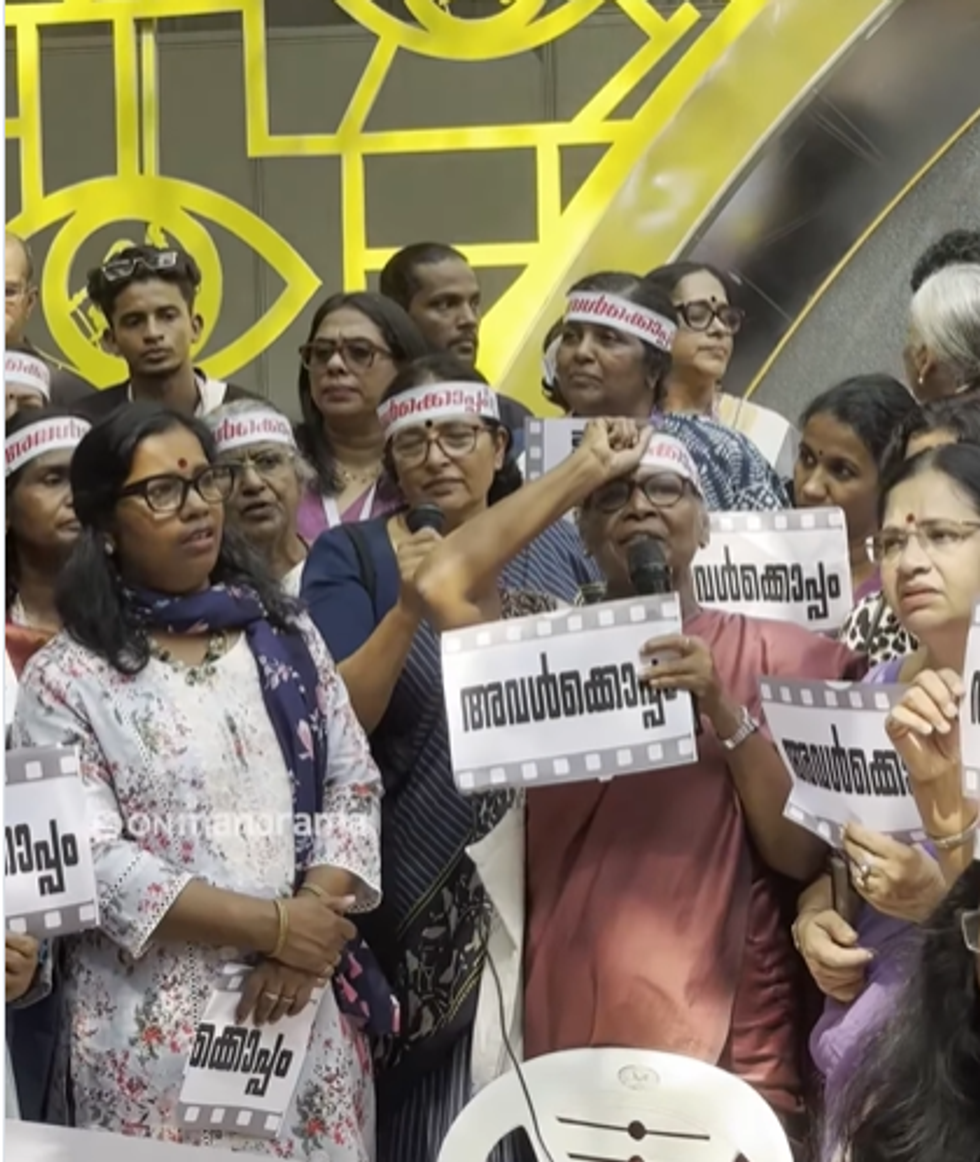 Film personalities and activists gather at the Tagore Theatre to reject the court\u2019s decision and demand systemic change for women\u2019s safety Instagram Screengrab/onmanorama
Film personalities and activists gather at the Tagore Theatre to reject the court\u2019s decision and demand systemic change for women\u2019s safety Instagram Screengrab/onmanorama  How one survivor’s fight shook an entire industryAI Generated
How one survivor’s fight shook an entire industryAI Generated






